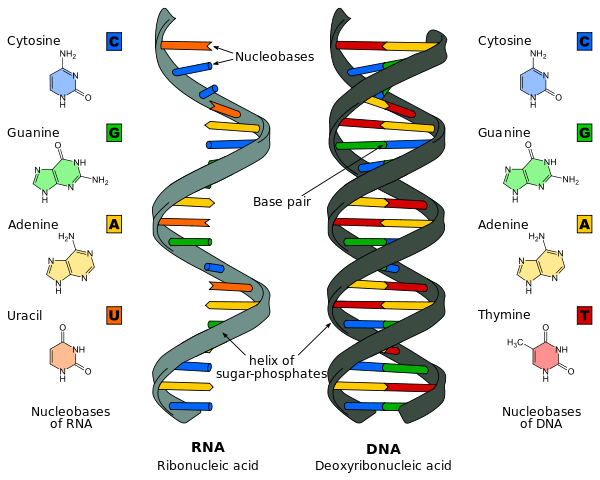What is Ecology?
It is the science that studies living things in their environment
Describe the relation of commenalism
One individual obtains a benefit and the other one is not affected
What process perform the produces to produce organic matter?
Photosynthesis
Describe the three climatic zones on Earth
Cold
Temperate
Warm
" Two or more prokaryotic cells joined to form the mitochondria and chloroplasts of one new, big and complex eukaryotic cell"
Endosymbiotic theory
Lynn Margulis 1970
What are the elements in an ecosystem?
Living things or biocoenosis (biotic factors)
The environment or biotope (abiotic factors)
The relationships
Describe the relation of mutualism
Both individuals obtain a benefit but they can survive when they separate
Describe the behaviour of matter and energy in an ecosystem
Matter forms a cycle
Energy forms a flow
What are the biomes that we can find in the cold climatic zone?
Cold desert
Tundra
Taiga (coniferous forest)
What are the three main theories of evolution?
Theory of inheritance of acquired traits (Lamarck)
THeory of evolution of Darwin and Wallace
Neo-Darwinism
Explain the differences between interspecific relations and intraspecific relations
Intraspecific relations take place between individuals of the same species and interspecific relationships take place between individuals of different species
Describe the relation of symbiosis
Both individuals obtain a benefit but they cannot survive if they separate. Example Lichens
What are the three trophic levels
Producers
Consumers
Decomposer
What are the biomes that we can find in the warm area?
Hot desert
Savannah
Rainforest
Evidence of evolution
Anatomical and morphological evidence
Fossil evidence
Embryological evidence
Biogeographical evidence
Molecular evidence
Other evidence: Coevolution (mutualesm, parasitism, mimesis, domestication and stratum)
What is a biome?
It is a large region in the Earth with a certain climate and certain living things
Describe the two types of competition
Interspecific competition (between individuals of different species)
What are the main decomposer organisms
Monera Kingdom (bacteria)
Fungi Kingdom
Describe an adaptation to low temperature in animals
Hair/feathers
Fat
Describe the structure of nucleotides

What is the origin of the word "Ecology"?
The greek word "oikos" that means "house"
Describe the relation of inquilinism
One species uses another one as a habitat. The other species is not affected
What is the result of the decomposition of dead organisms?
Mineral salts that are absorbed by the roots of the plants
What are the biomes that we can find in the temperate zone?
Deciduos forest
Mediterranean forest
Steepe
What types of nucleic acids do you know?
